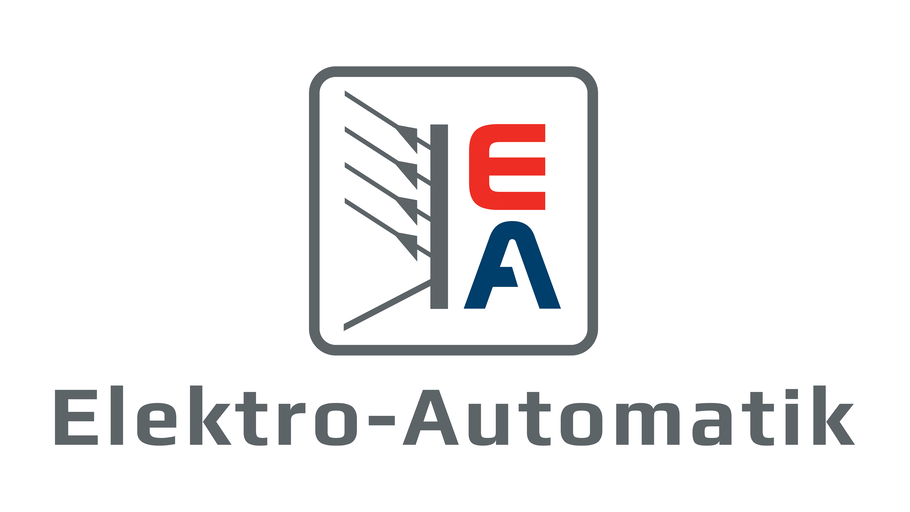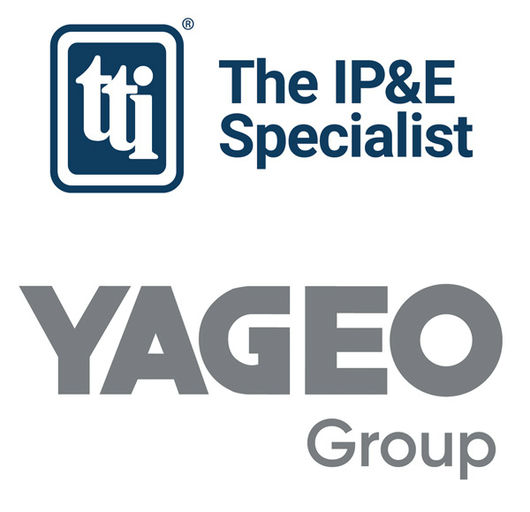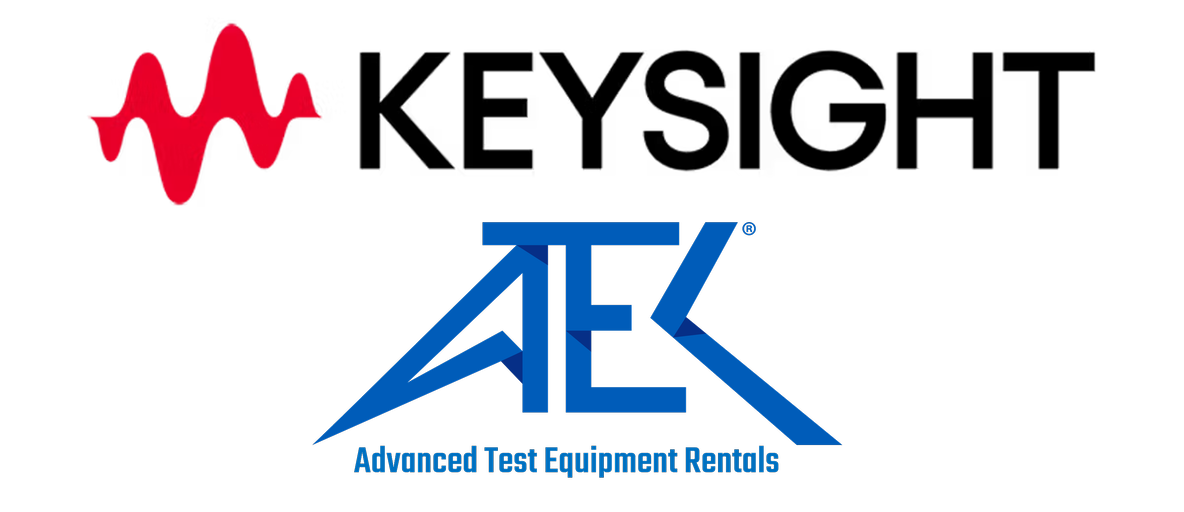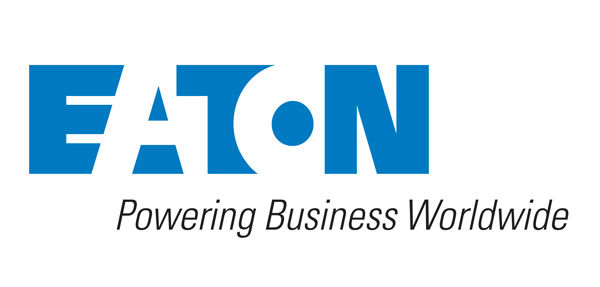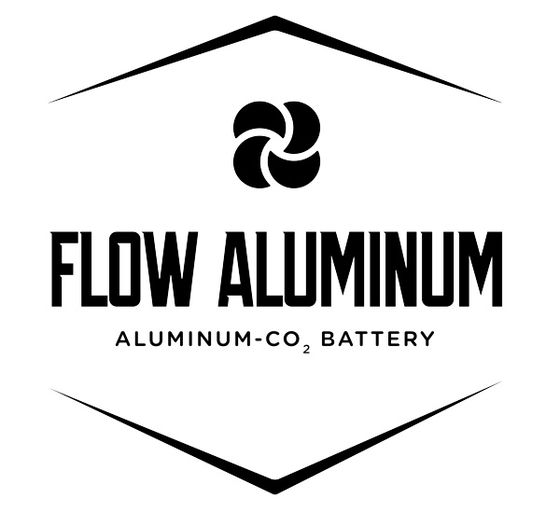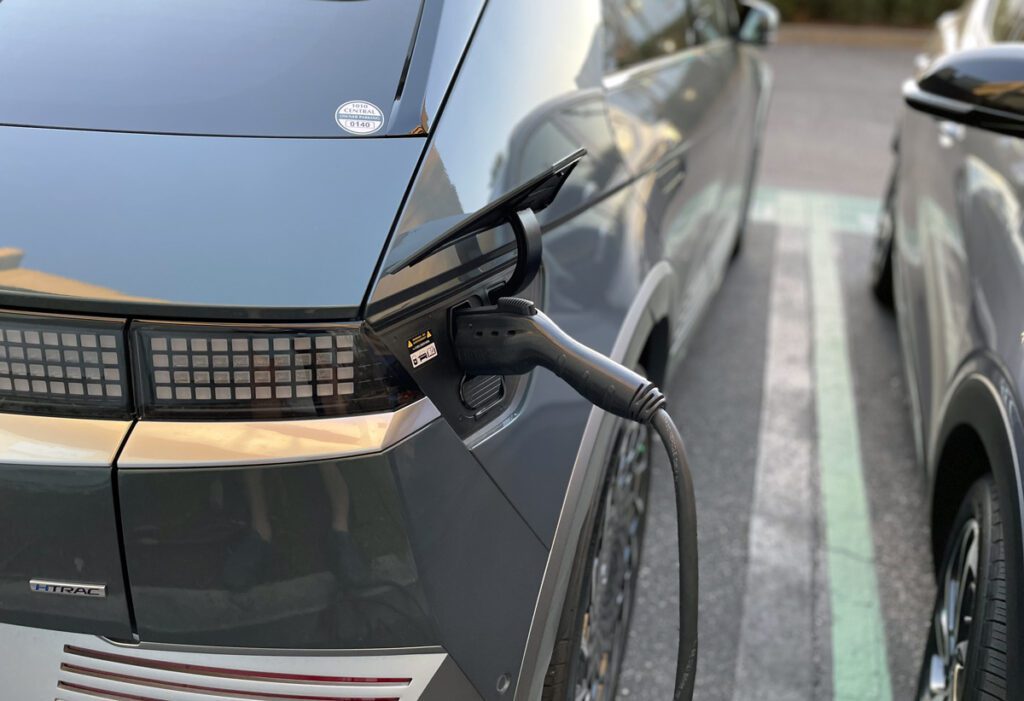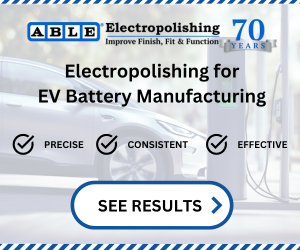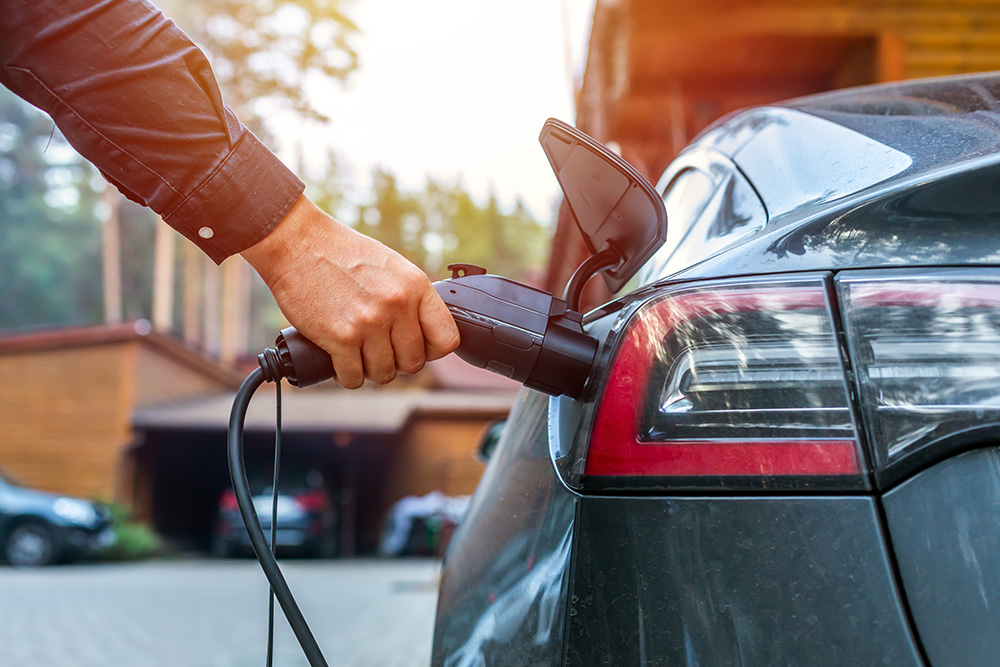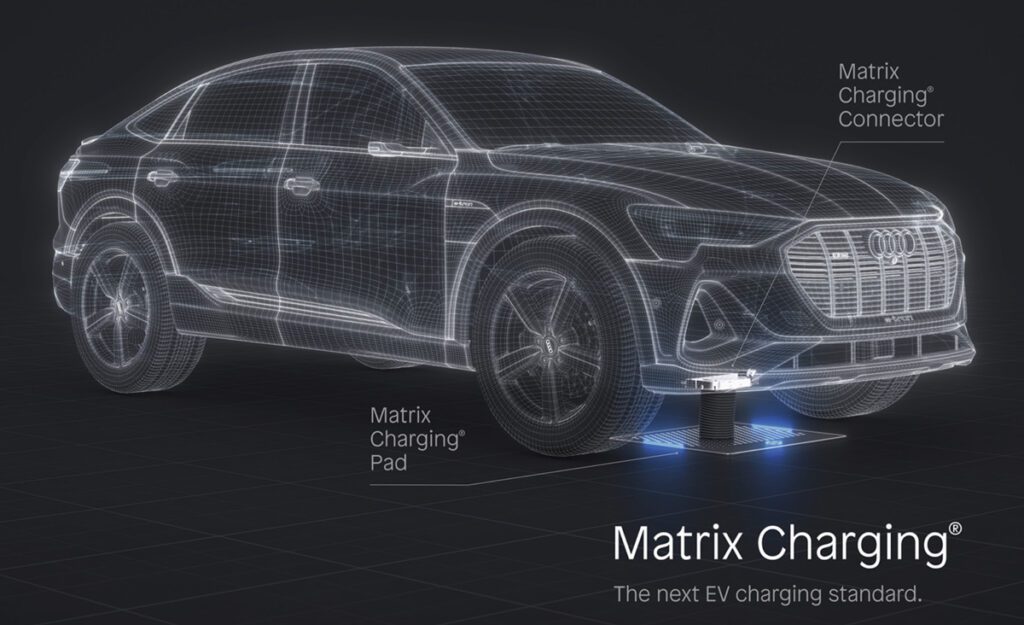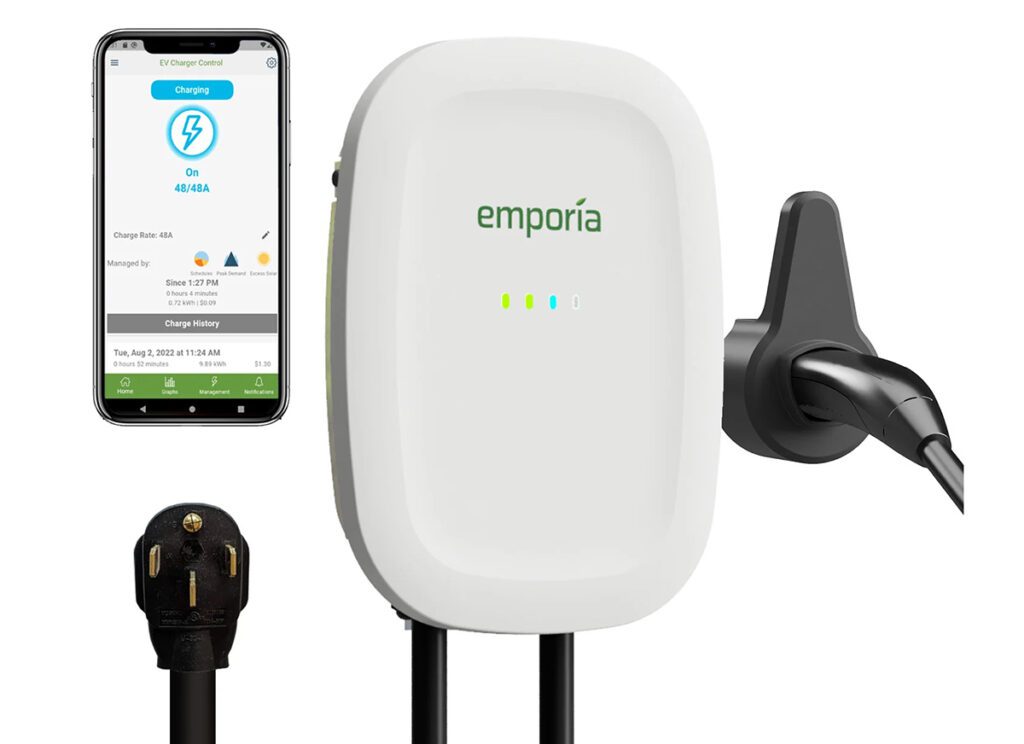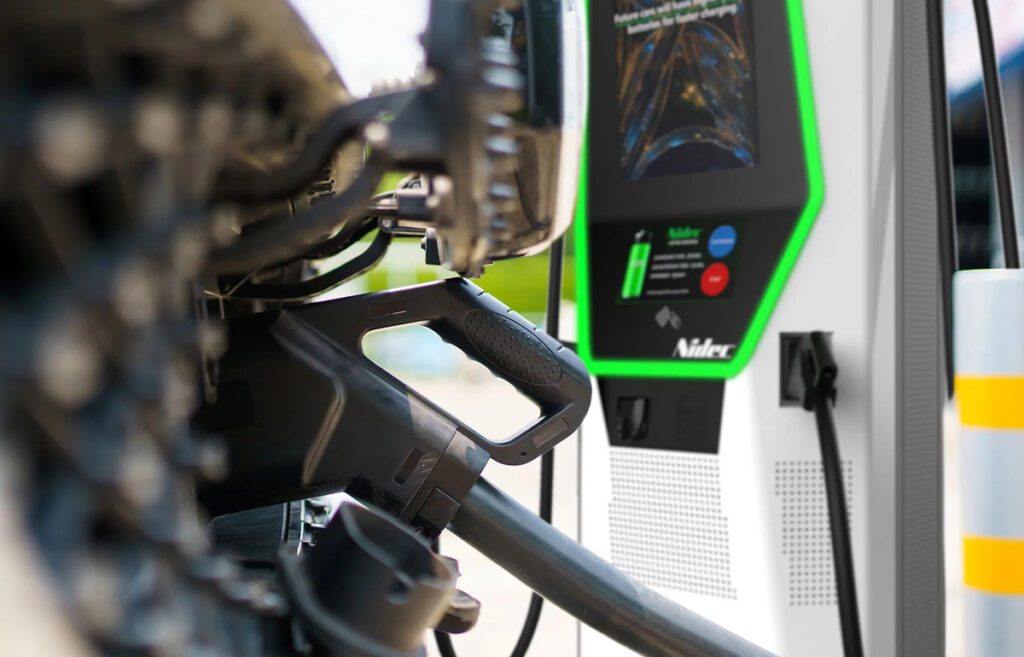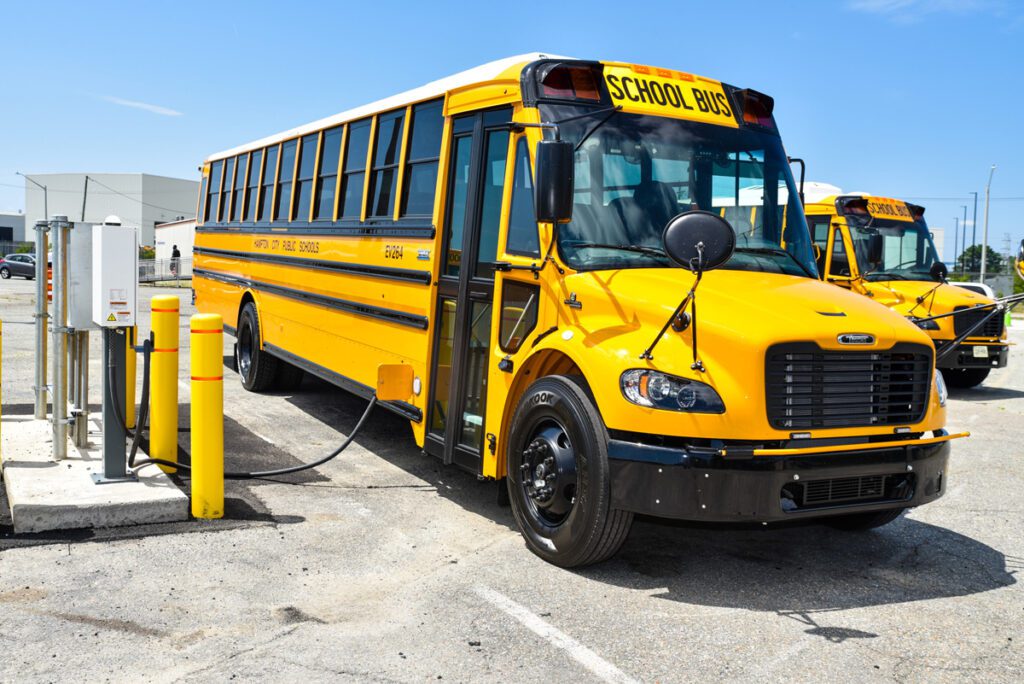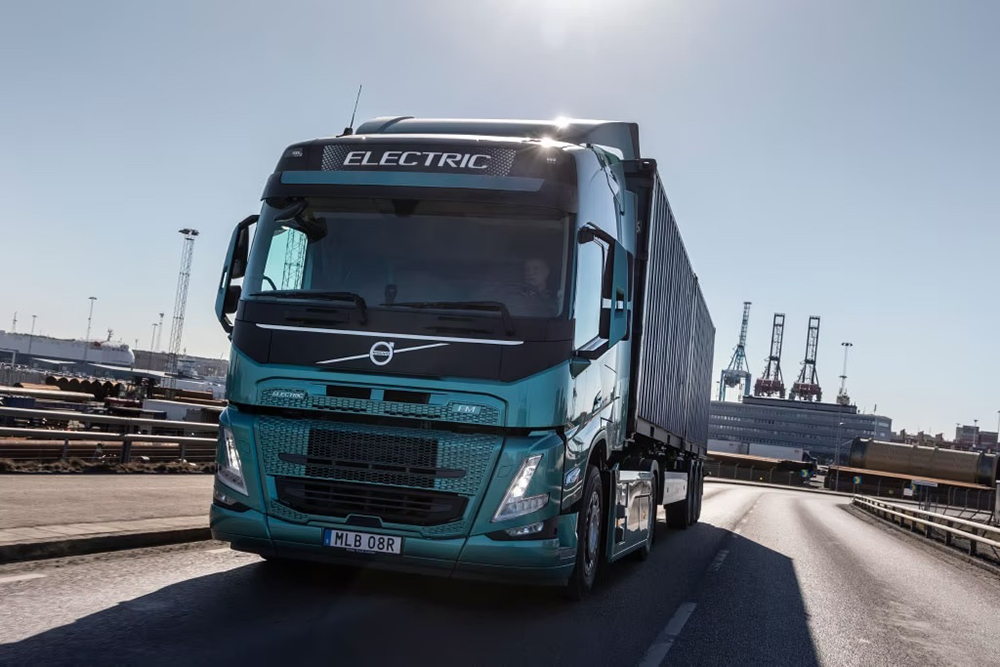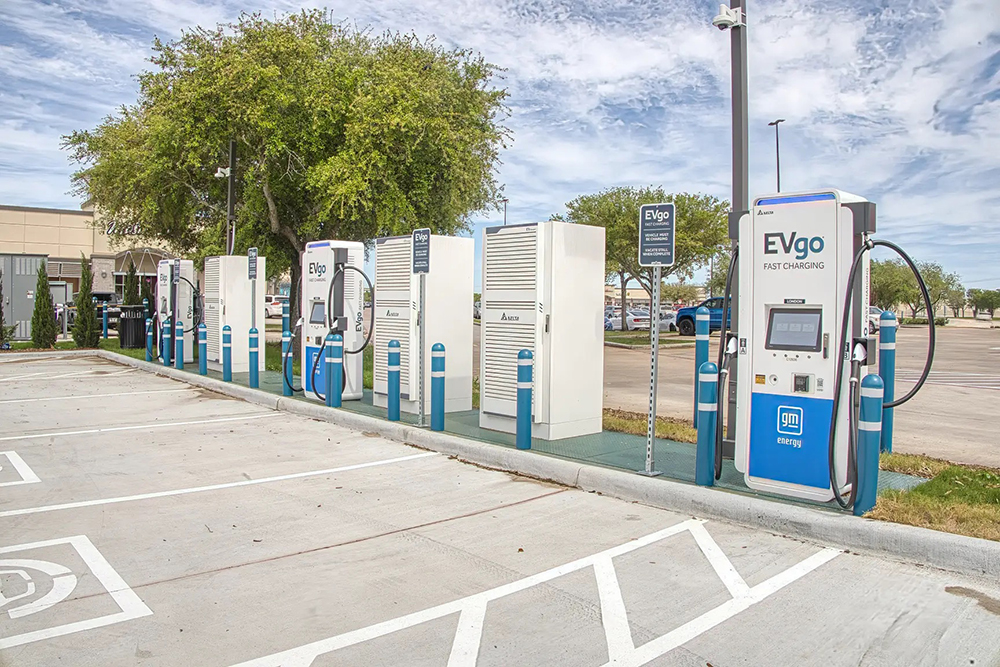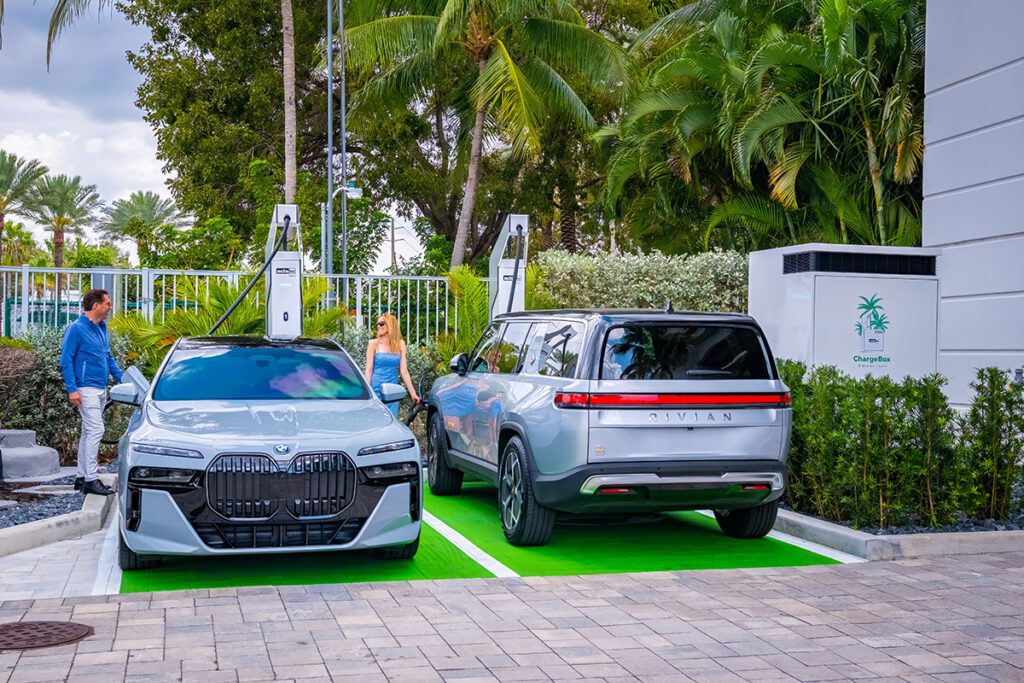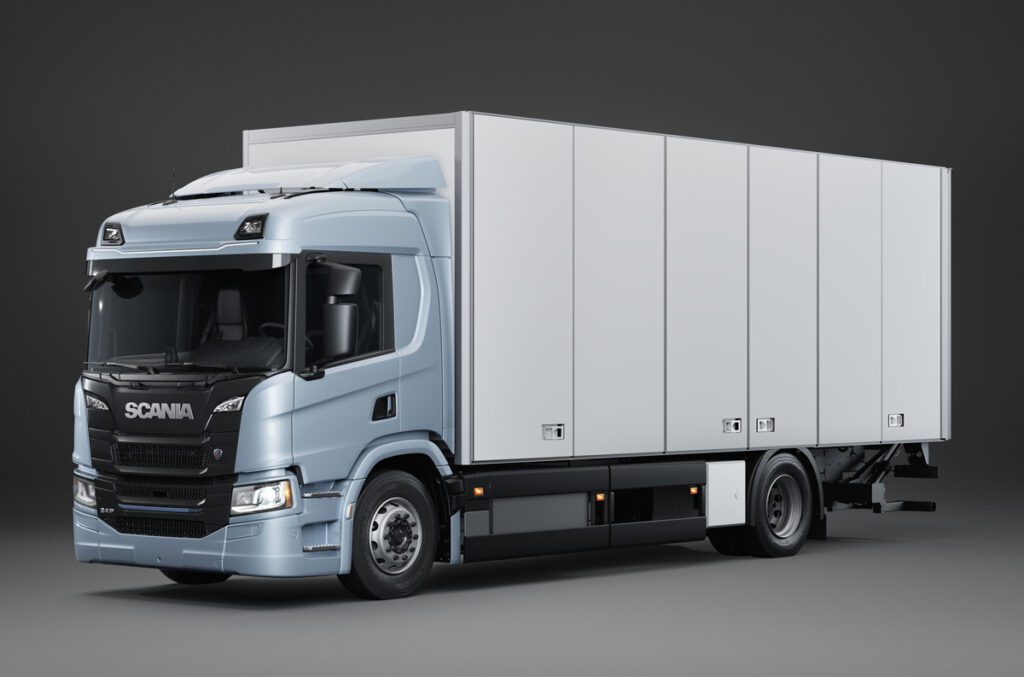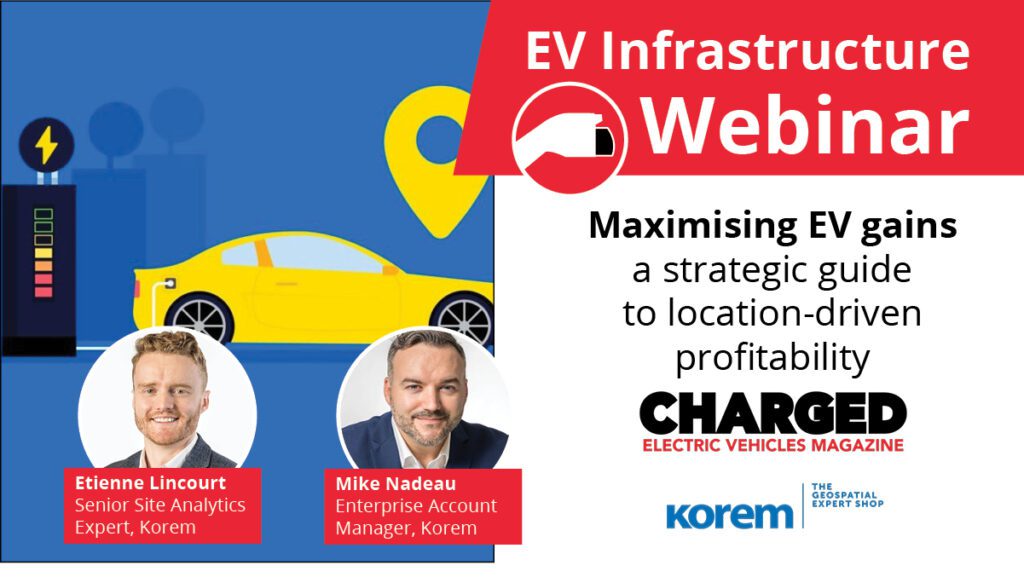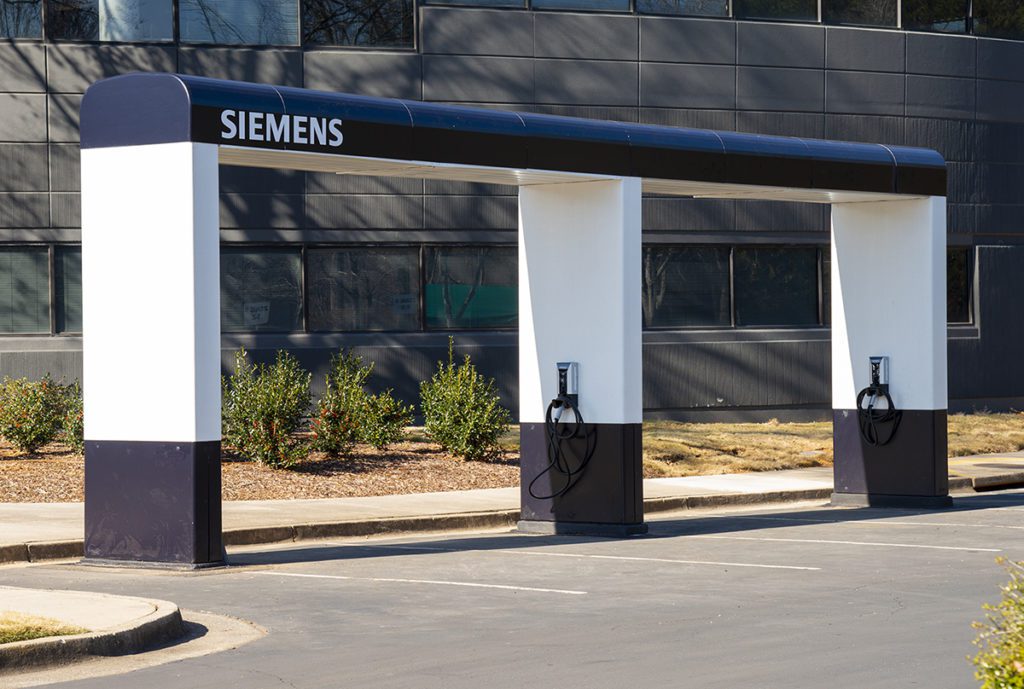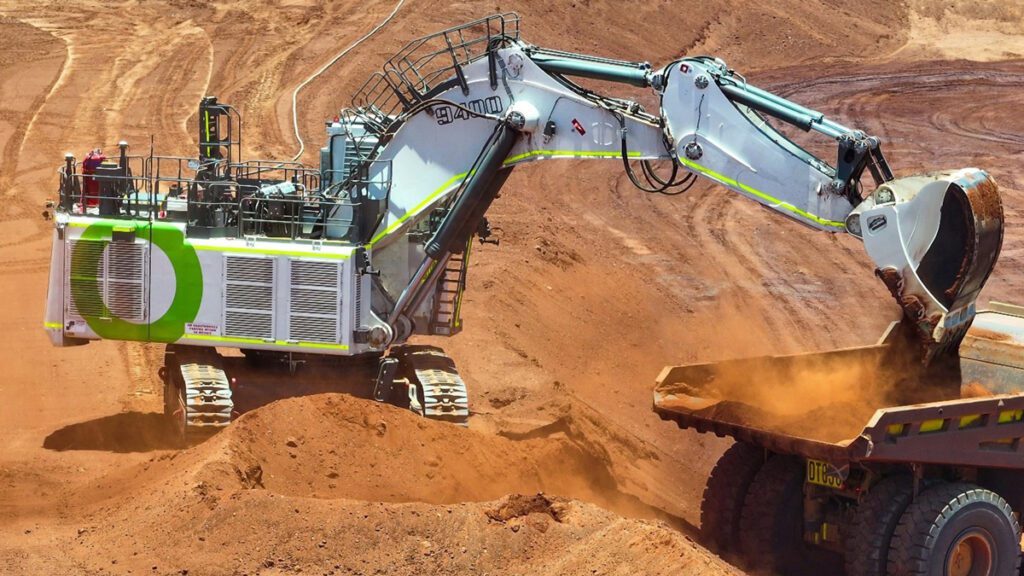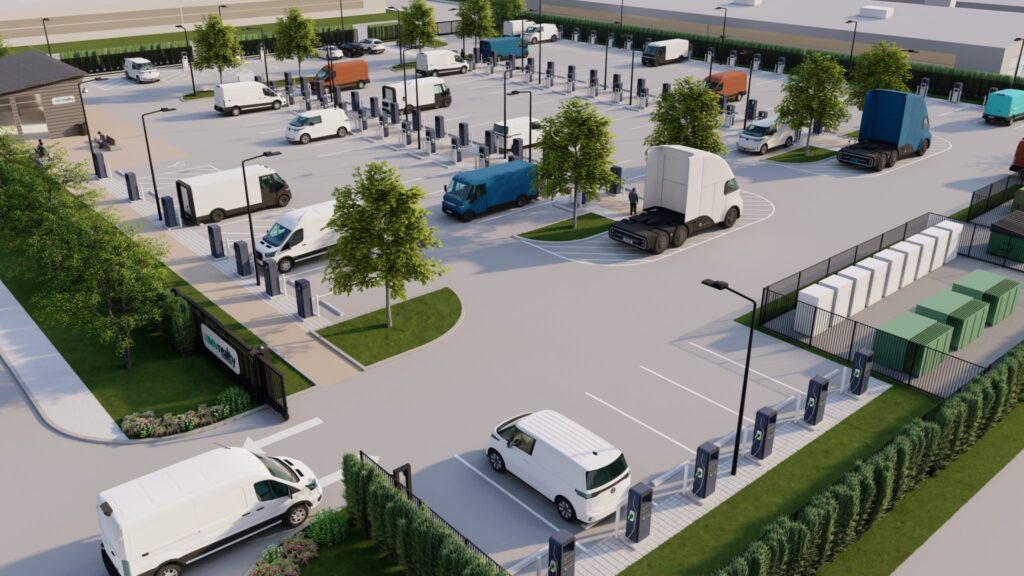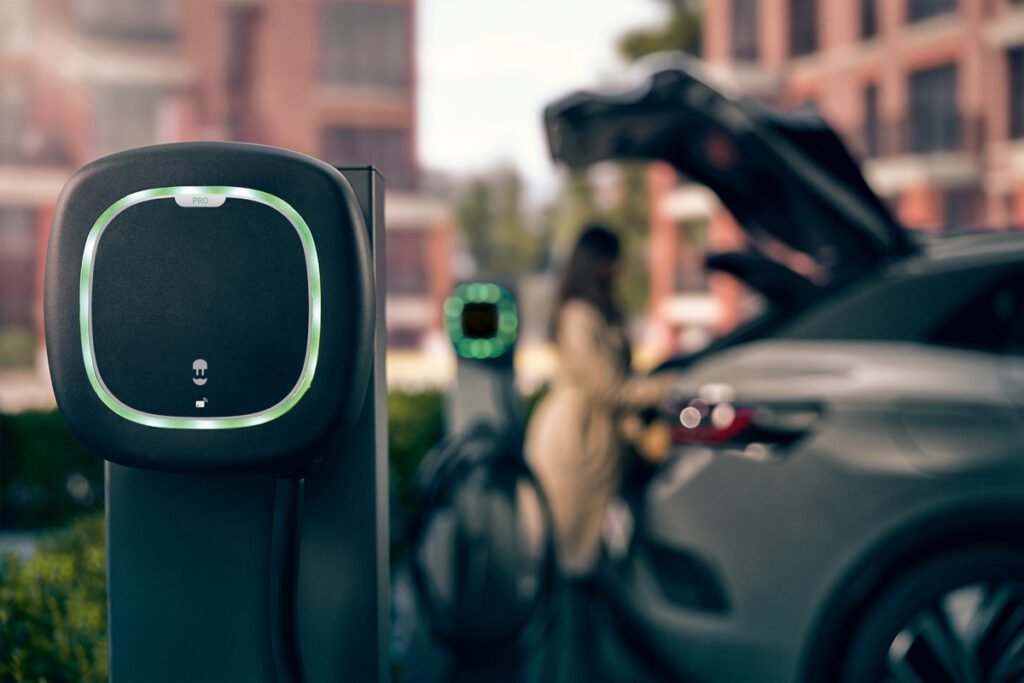If you thought installing Level 2 charging in your detached garage was a hassle, consider what Extreme E has to go through to power its races. The electric rally racing series is staging events in some of the harshest, most remote locations on Earth. The first two races took place in the Saudi Arabian desert and on the beaches of Senegal, and the next will be on a glacier in Greenland. None of these locales have access to an electrical grid—or any other facilities.
The usual way to provide electricity for an event at a remote location is by means of a diesel generator—but that isn’t an option for Extreme E, which has sustainability at the core of its mission. The series is working with several innovative and environmentally conscious suppliers to deliver the electricity needed while keeping its carbon footprint as low as possible.


London-based Zenobē is providing a system based on second-life batteries to power Extreme E’s broadcasting, race and event control, and media center.
“We support companies all over the world in the EV sector, offering full turnkey solutions, which include building, financing and operation of charging infrastructure,” said Steven Meersman, Zenobē’s co-founder and Director. “Extreme E presented a unique opportunity for us. We presented the idea of powering the paddock using repurposed batteries and it made perfect sense.”
“A second-life battery is one that has served its intended life in an electric vehicle and has been repurposed or reused in a new application,” Meersman explains. “Batteries are removed from EVs when they are no longer suitable for powering the vehicle, but they still have life left for further usage.”
UK-based temporary power specialist Power Logistics provided four solar-powered battery energy storage systems. One powers Extreme E’s Command Centre, and the other three support the TV communication nodes that transmit signals from around the racecourse so the TV broadcast can be produced remotely.
The power to charge the ODYSSEY 21 racing cars comes from a separate system, provided by AFC Energy. AFC’s system includes hydrogen fuel cells in addition to stationary battery storage. (See our interview with Iain Thomson, AFC’s Head of Communications and Stakeholder Management, in the latest issue of Charged.)
Beginning with the second race, the Ocean X Prix in Senegal, AFC Energy provided a Hydrogen Production Module, which produces hydrogen from water using an electrolyser powered by solar panels. “This green hydrogen is then fed into the hydrogen fuel cell on race day to produce the energy needed to charge the cars,” said CEO Adam Bond. “The whole process, from the generation of hydrogen fuel to the generation of electricity through the fuel cell, is completely sustainable.”
Source: Extreme E
































